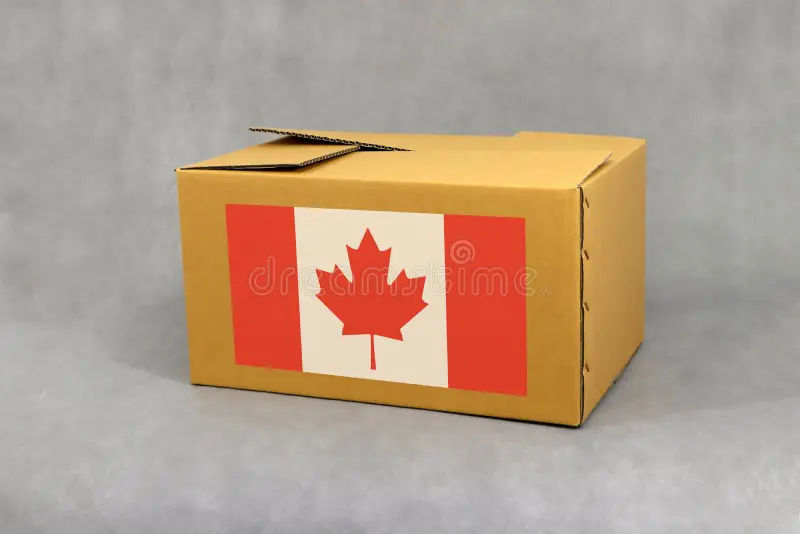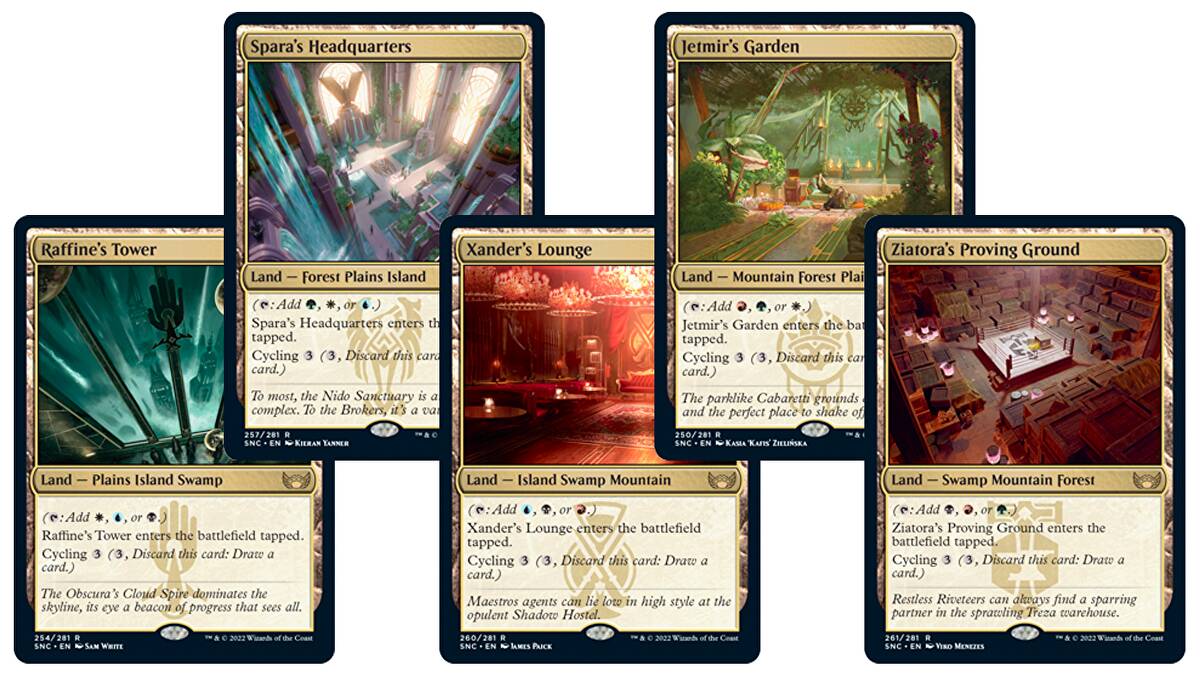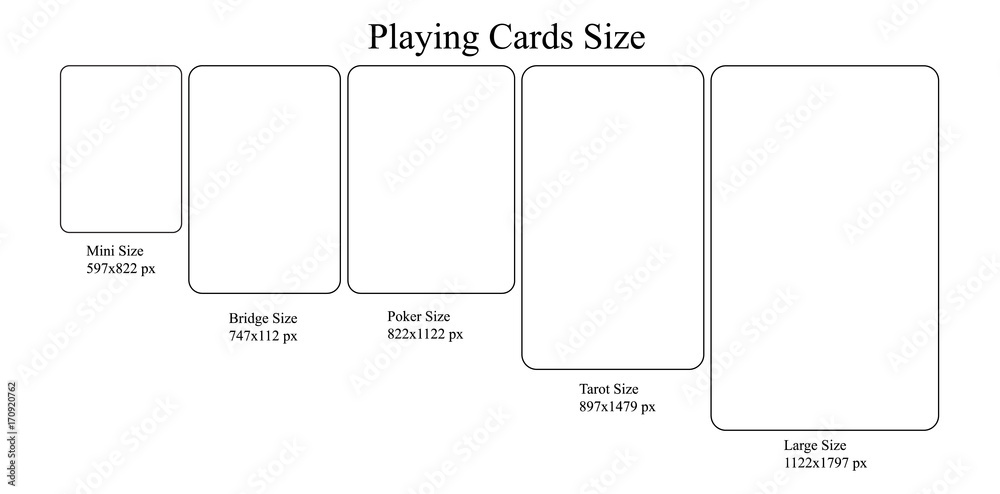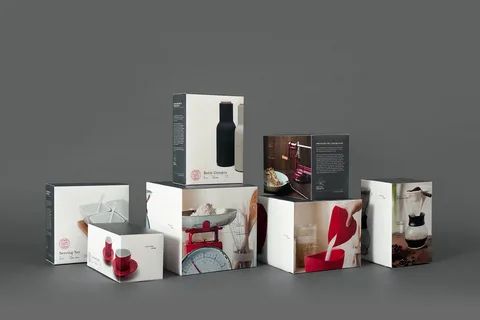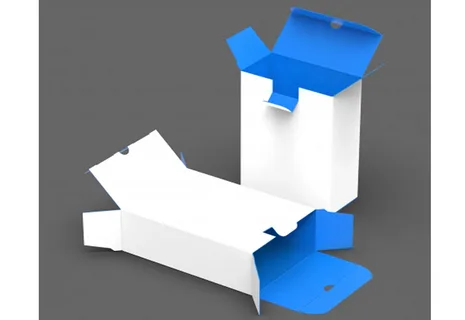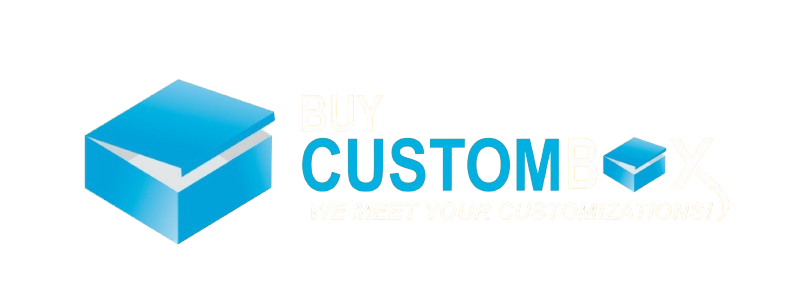In today’s marketplace, packaging is more than just a way to protect your product — it’s a powerful tool to communicate your brand’s story and values. For businesses in Canada, designing the perfect paper box packaging Canada can set you apart from the competition. With consumers increasingly looking for sustainable and stylish options, paper packaging boxes made from cardboard, kraft paper, or paperboard are more popular than ever.
This step-by-step guide will walk you through the process of designing effective and attractive paper box packaging that fits your product and brand while keeping sustainability in mind. Whether you’re new to packaging design or looking to improve your existing boxes, this article will help you make informed decisions.
Understanding Paper Box Packaging Canada
Paper box packaging includes boxes made from paperboard, cardboard, kraft paper, and similar materials. These packaging solutions are used across various industries including food, cosmetics, retail, and electronics. Canadian consumers prefer packaging that is both practical and environmentally friendly, making recyclable paper packaging and eco-friendly paper packaging important considerations.
Related types of packaging you might encounter include cardboard box packaging, folding carton packaging, paper carton packaging, and paper container packaging. Each serves a slightly different purpose depending on the product’s needs.
Step 1: Define Your Packaging Goals
Before you start designing, clarify what you want your packaging to achieve. Consider the following questions:
- What type of product will your packaging hold? Is it fragile, heavy, or lightweight?
- Who is your target audience? Different designs appeal to different customer groups.
- What message do you want your packaging to convey? Is it luxury, eco-friendliness, or affordability?
- What is your budget for design and production?
Knowing these will help guide material selection, style, and design choices.
Step 2: Choose the Right Materials
Material choice is crucial for both the functionality and appearance of your packaging. Some common options include:
- Cardboard Box Packaging: Strong and durable, great for heavier items and shipping.
- Paperboard Packaging: Lightweight and often used for cosmetics and small products.
- Kraft Paper Packaging: Offers a natural, rustic look and is very eco-friendly.
- Recyclable Paper Packaging: Materials designed to be easily recycled and reused.
Make sure the materials you choose meet Canadian environmental regulations and can protect your product effectively.
Step 3: Select the Packaging Style
The style of the box impacts usability and visual appeal. Popular styles include:
- Folding Carton Packaging: Flat-packed and easy to assemble, commonly used for retail products.
- Rigid Boxes: Sturdy and high-end, perfect for luxury items.
- Sleeve Boxes: Offer an interactive unboxing experience.
- Custom Die-Cut Boxes: Unique shapes that make your product stand out.
Choose a style that fits your product’s size, fragility, and your brand image.
Step 4: Design Your Graphics and Branding
Packaging is your brand ambassador on the shelf. Focus on these elements:
- Use your brand colors and logo consistently.
- Choose fonts that reflect your brand’s personality.
- Incorporate clear and attractive images or illustrations.
- Make sure product information is easy to read and well organized.
- Decide on finishes like matte, gloss, or textured to enhance appeal.
A clean and simple design often works best, especially when printed on kraft paper packaging or paperboard packaging.
Step 5: Emphasize Sustainability
Sustainability is a major selling point for Canadian consumers. To make your packaging eco-friendly:
- Use materials that are recyclable or biodegradable.
- Source paper from certified sustainable forests.
- Avoid excessive use of inks or coatings that hinder recyclability.
- Design packaging that minimizes waste and can be reused.
Highlighting these aspects on your packaging builds trust and loyalty with your customers.
Step 6: Create Prototypes and Test
Before ordering a large batch, create prototypes to:
- Check the structural strength of the packaging.
- Evaluate print quality and colors.
- Test the ease of opening and product fit.
- Ensure the box protects the product during shipping.
Gather feedback and make necessary adjustments to improve your design.
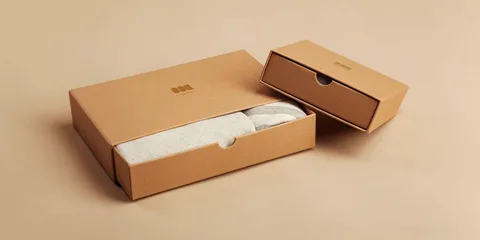
Step 7: Production and Quality Control
Work with experienced manufacturers familiar with Canadian standards. Key considerations include:
- Confirm print proofs before production.
- Verify material certifications and environmental claims.
- Implement quality checks to ensure consistency.
- Schedule timely production and delivery.
Choosing a reliable partner is key to bringing your design to life perfectly.
Tips for Effective Paper Box Packaging
- Balance protection with minimalism to reduce waste.
- Use unique shapes or textures to stand out on shelves.
- Provide clear recycling instructions on the box.
- Optimize box size to reduce shipping costs.
- Keep up with current design trends like minimalism and vintage looks.
Frequently Asked Questions (FAQs)
Q1: What is the difference between cardboard and paperboard packaging?
Cardboard is thicker and sturdier, ideal for heavier products. Paperboard is lighter and often used for smaller, lighter items.
Q2: Is kraft paper packaging better for the environment?
Yes, kraft paper is often made from recycled materials and is biodegradable, making it a very eco-friendly option.
Q3: Can I customize the size and shape of paper packaging?
Absolutely! Many manufacturers offer custom die-cutting and folding to fit your product perfectly.
Q4: How do I ensure compliance with Canadian packaging laws?
Partner with a knowledgeable manufacturer and stay updated on local regulations regarding materials and labeling.
Q5: Why is branding important in packaging design?
Packaging is often the first thing customers see, so strong branding helps build recognition and trust.
Conclusion
Designing paper box packaging in Canada is a multifaceted process that requires clear goals, thoughtful material selection, stylish design, and a commitment to sustainability. By following these steps, you can create packaging that protects your product, attracts customers, and supports your brand’s values.
If you’re looking to design custom packaging tailored to your needs, buy custom box offers expert solutions that combine quality, sustainability, and innovation to help your products shine in the Canadian market.
Invest in your packaging today and enjoy the benefits of a well-designed, eco-friendly paper box packaging solution.


